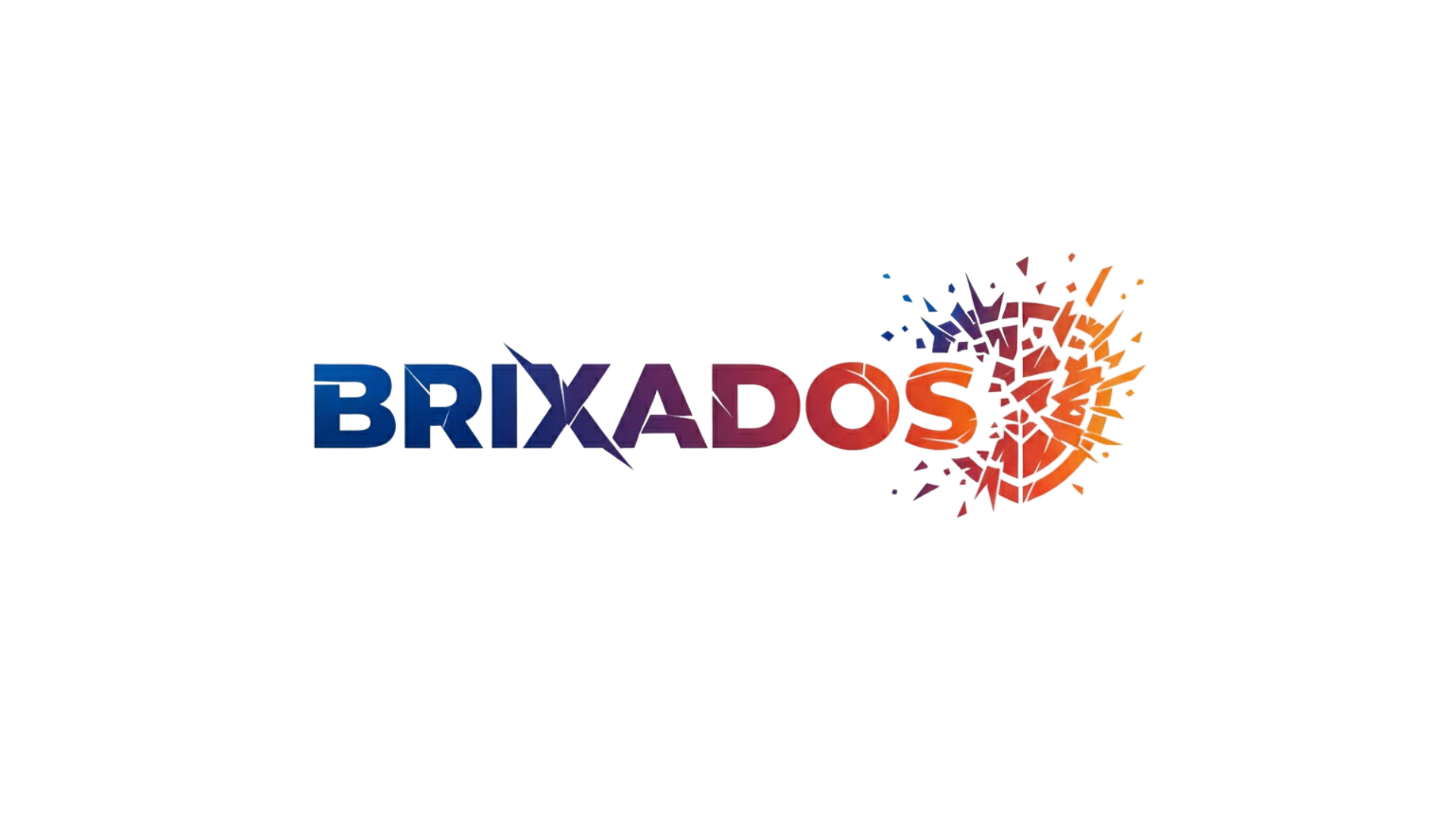Have you ever wondered if dreams could be shared between people, creating experiences that transcend individual consciousness and connect minds in mysterious ways? 🌙
Throughout human history, stories of shared dreams, collective visions, and interconnected nocturnal experiences have captivated our imagination. From ancient civilizations to modern research laboratories, the phenomenon of dreaming together has challenged our understanding of consciousness, psychology, and the boundaries of human connection. This fascinating realm where individual minds potentially merge during sleep continues to intrigue scientists, psychologists, and dreamers alike.
The concept of collective dreaming goes beyond simple coincidence or chance similarities in dream content. It encompasses a range of phenomena including mutual dreaming, where two or more people report experiencing the same dream scenario; meshing dreams, where individuals’ separate dreams contain complementary elements; and group dream incubation, where communities intentionally seek shared dream experiences through ritual and practice.
The Historical Tapestry of Shared Dreaming 📜
Ancient cultures worldwide have long recognized and revered the possibility of collective dream experiences. Indigenous Australian Aboriginal peoples have practiced “dreamtime” traditions for over 60,000 years, believing that dreams connect individuals to ancestral spirits and to each other through a shared spiritual landscape. These traditions weren’t merely metaphorical—they represented genuine beliefs about interconnected consciousness during sleep.
In many Native American tribes, dream sharing was considered essential to community life. The Iroquois people held morning dream-sharing councils where tribal members would discuss their nocturnal visions, often finding common themes that guided community decisions. Shamans and spiritual leaders would sometimes report dreaming together, receiving coordinated messages from the spirit world that addressed tribal concerns.
Ancient Greek and Roman civilizations also documented instances of shared dreaming, particularly in temple sleep practices where pilgrims would seek healing dreams from gods. Historical records describe occasions when multiple seekers reported similar divine visitations or healing visions on the same night, suggesting some form of collective dream phenomenon.
Scientific Perspectives on Dream Synchronicity 🔬
Modern science approaches collective dreaming with both curiosity and skepticism. While anecdotal evidence abounds, controlled studies have produced intriguing yet inconclusive results. The challenge lies in the subjective nature of dream experiences and the difficulty of measuring consciousness during sleep states.
Dr. Stanley Krippner’s groundbreaking research at the Maimonides Medical Center in the 1960s and 1970s explored telepathic dreaming through controlled experiments. In these studies, a “sender” would concentrate on randomly selected images while a “receiver” slept in a separate room, monitored by EEG equipment. When awakened during REM sleep, receivers described their dreams, which were later compared to the target images. Results showed statistically significant correlations that exceeded chance probability, though critics pointed to methodological concerns.
More recent neuroscience research has revealed that sleeping brains remain remarkably active and potentially receptive to external stimuli. Studies using functional MRI technology show that different individuals’ brains can exhibit similar activation patterns when exposed to the same stimuli, even during sleep. This neurological synchronicity provides a potential mechanism for shared dream content, though direct brain-to-brain communication during dreaming remains unproven.
The Role of REM Sleep in Collective Experiences
Rapid Eye Movement (REM) sleep, the stage most associated with vivid dreaming, presents unique characteristics that might facilitate shared experiences. During REM sleep, the brain exhibits high-frequency activity similar to waking states, while the body remains paralyzed. This paradoxical state creates a window where consciousness operates differently than during normal waking hours.
Research suggests that REM sleep cycles can synchronize between sleeping partners, particularly those with strong emotional bonds. Couples who sleep together often develop aligned REM cycles, potentially creating windows of opportunity for shared dream experiences. This synchronization extends beyond mere timing—heart rates, breathing patterns, and even brain wave frequencies can harmonize between close sleeping partners.
Mutual Dreaming: When Two Become One 💫
Mutual dreaming represents the most dramatic form of collective dream phenomena—instances where two or more individuals report experiencing essentially the same dream from different perspectives. These reports typically come from people with close relationships: romantic partners, family members, or deep friendships.
Documented cases of mutual dreaming often share common characteristics. The dreamers typically have strong emotional connections and frequently sleep in close physical proximity. The shared dreams often contain unusual or vivid elements that make them memorable, and the overlap in content goes beyond vague similarities to include specific details, dialogue, or sequences of events.
One well-documented case involved twin sisters who, despite living in different cities, both reported detailed dreams about exploring an unusual Victorian house on the same night. Their independent dream journals, kept without prior communication, revealed striking similarities: the same distinctive turquoise wallpaper, an ornate grandfather clock, and even a tabby cat in the kitchen. Such cases challenge conventional explanations based solely on shared memories or similar life experiences.
Mechanisms Behind Mutual Dreams
Several theories attempt to explain mutual dreaming phenomena. The psychological interpretation suggests that people with close bonds develop similar thought patterns, concerns, and memory associations that naturally produce similar dream content. This explanation doesn’t require any mysterious connection—just the predictable outcome of shared experiences and emotional attunement.
The quantum consciousness hypothesis, while controversial, proposes that consciousness operates according to quantum mechanical principles, allowing for non-local connections between minds. Proponents like Dr. Roger Penrose have suggested that quantum coherence in brain microtubules might enable consciousness to transcend individual brains, though this theory lacks mainstream scientific acceptance.
A middle-ground explanation involves subtle sensory communication during sleep. Sleeping partners continuously exchange unconscious signals through breathing patterns, movements, sounds, and possibly even pheromones. These subtle cues might influence dream content, creating parallel but independently generated dreams that appear similar due to shared environmental and physiological influences.
Dream Telepathy and Psi Research 🔮
Dream telepathy—the supposed ability to communicate mind-to-mind during dreams—has been studied within parapsychology for decades. While mainstream science remains skeptical, the persistence of reported experiences and some experimental results keep the question open for investigation.
The Ganzfeld experiments, developed in the 1970s, created sensory-deprivation conditions to test telepathic communication. Later variations incorporated dream states, with receivers attempting to dream about images mentally transmitted by senders. Meta-analyses of these studies have shown small but statistically significant effects, though replication remains problematic and critics cite publication bias and methodological flaws.
Recent technological advances have enabled new approaches to studying dream telepathy. EEG monitoring combined with machine learning algorithms can now decode certain dream content from brain activity patterns. Future research might use real-time brain imaging to compare dream content between sleeping subjects, potentially providing objective evidence for or against dream telepathy.
Cultural Dream Sharing Practices 🌍
Various cultures have developed intentional practices for fostering collective dream experiences. These techniques often combine ritual, meditation, intention-setting, and community support to create conditions favorable for shared dreaming.
The Senoi people of Malaysia developed an elaborate dream-sharing culture where community members would gather each morning to discuss and interpret their dreams collectively. Children learned from an early age to control and direct their dreams, and the community believed that properly working with dreams prevented conflict and promoted harmony. While anthropological accounts of Senoi practices were later questioned, their influence on Western dream work remains significant.
Tibetan Buddhist practitioners engage in dream yoga, which includes practices for maintaining awareness during dreams and even meeting with teachers or other practitioners in shared dream spaces. These advanced meditation techniques aim to recognize the dream-like nature of all experience while developing the ability to consciously navigate dream realms.
Modern Dream Circles and Intentional Communities
Contemporary dream circles bring together individuals interested in exploring collective dreaming through structured group work. Participants typically meet regularly to share dreams, identify common themes, and sometimes attempt to coordinate dream experiences through pre-sleep intention-setting.
These groups often use specific techniques to facilitate potential dream synchronicity:
- Setting a shared dream intention or target before sleep
- Creating a common visual focus, such as a mandala or photograph
- Synchronizing sleep times when possible
- Maintaining detailed dream journals for comparison
- Building group cohesion through regular meetings and shared practices
- Using meditation or relaxation exercises to deepen group connection
Online communities have expanded the reach of collective dreaming experiments. Dream-sharing platforms allow thousands of participants worldwide to record their dreams and search for synchronicities or shared themes. While these large-scale efforts haven’t produced definitive proof of collective dreaming, they’ve generated fascinating data about common dream motifs and cultural variations in dream content.
The Psychology of Shared Dream Experiences 🧠
From a psychological perspective, reports of collective dreaming reveal important insights about human consciousness, memory, and social connection, regardless of whether literal dream sharing occurs. The experience of believing you’ve shared a dream with another person can profoundly impact relationships and self-understanding.
Confirmation bias plays a significant role in perceived dream sharing. When people compare dreams, they naturally emphasize similarities while overlooking differences. The human mind excels at pattern recognition, sometimes finding meaningful connections in random coincidences. This doesn’t invalidate the experience’s significance—the meaning derived from believing in a shared dream can strengthen bonds and create shared narratives that benefit relationships.
Carl Jung’s concept of the collective unconscious offers another framework for understanding apparent dream synchronicity. Jung proposed that all humans share a deeper layer of unconscious mind containing universal archetypes and symbols. When individuals dream of similar archetypal images or scenarios, they’re drawing from this common psychological heritage rather than literally sharing a dream.
The Impact of Technology on Dream Sharing
Modern technology is creating new possibilities for dream connection and analysis. Several smartphone applications now allow users to record dreams immediately upon waking, analyze patterns over time, and connect with other dreamers who report similar content. While these apps don’t prove literal dream sharing, they facilitate the exploration and comparison of dream experiences.
Emerging technologies like transcranial magnetic stimulation (TMS) and transcranial direct current stimulation (tDCS) can influence brain activity during sleep, potentially enabling researchers to induce similar dream themes in multiple subjects simultaneously. Such experiments could help distinguish between true collective dreaming and dreams that merely share common elements due to similar external influences.
Practical Approaches to Exploring Collective Dreaming 🌟
For those interested in experimenting with collective dreaming, several approaches can increase the likelihood of meaningful experiences, whether or not literal dream sharing occurs. These practices enhance dream recall, deepen connections with dreaming partners, and create conditions favorable for potential synchronicity.
Establishing a consistent sleep schedule helps regulate REM cycles, potentially making synchronization with a partner more likely. Going to bed at the same time creates opportunities for aligned dream timing. Couples might experiment with sleeping in the same bed versus separate rooms to observe whether physical proximity affects dream similarity.
Pre-sleep rituals can set intentions for shared dreaming. Partners might meditate together, visualize a shared dream scenario, or discuss what they hope to explore in their dreams. This mental priming influences dream content, increasing the probability of overlapping themes even through conventional psychological mechanisms.
Maintaining detailed dream journals is essential for any serious exploration of collective dreaming. Recording dreams immediately upon waking, before memory fades, preserves important details. When comparing dreams with partners, written records prevent retrospective alterations influenced by suggestion or selective memory.
Creating Optimal Conditions
Environmental factors can influence dream quality and potentially affect dream sharing experiences. Consider these elements:
- Ambient temperature: Slightly cool rooms (around 65-68°F) promote better sleep quality
- Darkness: Complete darkness supports natural melatonin production and deeper sleep
- Sound: White noise or nature sounds can create a shared auditory environment
- Aromatherapy: Scents like lavender may promote relaxation and vivid dreaming
- Technology-free zones: Reducing blue light exposure before bed improves sleep quality
The Deeper Meaning of Dreaming Together 💭
Whether collective dreaming represents literal mind-to-mind connection or emerges from shared psychology and synchronized biology, the phenomenon points to profound truths about human interconnection. The desire to share dreams reflects a deep longing for intimate understanding and connection that transcends ordinary communication.
Relationships enriched by dream sharing—whether actual or perceived—often develop enhanced empathy and communication. The vulnerable act of sharing dreams, with their bizarre imagery and emotional honesty, builds trust and intimacy. Partners who regularly discuss dreams learn to understand each other’s symbolic language and inner emotional landscapes.
From an existential perspective, collective dreaming challenges the boundaries we place around individual identity. If dreams can truly be shared, it suggests that consciousness isn’t as isolated as we typically assume. Even skeptical interpretations reveal important truths: our minds are deeply influenced by those we love, our unconscious minds process shared experiences and concerns, and human connection operates through channels both subtle and profound.

Embracing the Mystery of Shared Dreams ✨
The question of whether we can literally dream together may never receive a definitive answer. The subjective nature of consciousness and the private character of dream experiences make objective verification extraordinarily difficult. Yet this uncertainty doesn’t diminish the value of exploring collective dream phenomena.
The practice of seeking shared dreams, comparing experiences, and building meaning around potential synchronicities serves important psychological and social functions. It deepens relationships, expands self-awareness, and reminds us that consciousness remains mysterious despite scientific advances. The journey of exploration matters more than reaching final conclusions.
As neuroscience advances and our understanding of consciousness evolves, we may develop better tools for investigating collective dreaming. Brain-to-brain interfaces, increasingly sophisticated neuroimaging, and new theoretical frameworks might eventually illuminate whether minds can truly meet in dreams. Until then, we’re left with compelling stories, tantalizing research hints, and the enduring human intuition that our dream lives connect us in ways we don’t fully understand.
The world of collective dream phenomena invites us to remain open to mystery while maintaining healthy skepticism. It encourages us to value subjective experience while seeking objective understanding. Most importantly, it reminds us that exploring consciousness—whether awake or asleep, alone or together—represents one of humanity’s most fascinating frontiers, where science, spirituality, and human connection intersect in beautiful and bewildering ways.
Toni Santos is a myth-psychology researcher and narrative writer exploring how archetypes, symbols and human story converge to shape mind, culture and meaning. Through his studies on the collective unconscious, comparative mythology and symbolic dream interpretation, Toni examines how the myths we tell reflect the patterns we live — and how awareness of these patterns can spark transformation. Passionate about hero’s journeys, mythic motifs and dream-language, Toni focuses on how story acts as both mirror and map for inner depth and growth. His work highlights the bridges between myth, psyche and culture — guiding readers toward a deeper encounter with themselves and the stories they carry. Blending psychology, mythology and narrative theory, Toni writes about the hidden architecture of meaning — helping readers understand how symbols, stories and dreams shape experience and identity. His work is a tribute to: The power of myth to reveal the unseen structures of psyche The journey from archetype to individual lived story The art of dream-language as a path to wholeness Whether you are a storyteller, psychologist or traveller in the inner landscape, Toni Santos invites you to explore the mythic dimension of mind — one symbol, one myth, one insight at a time.




